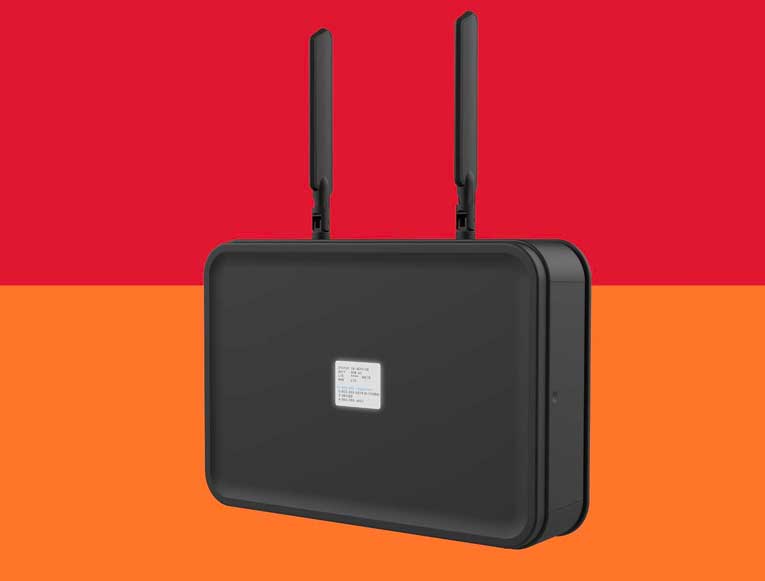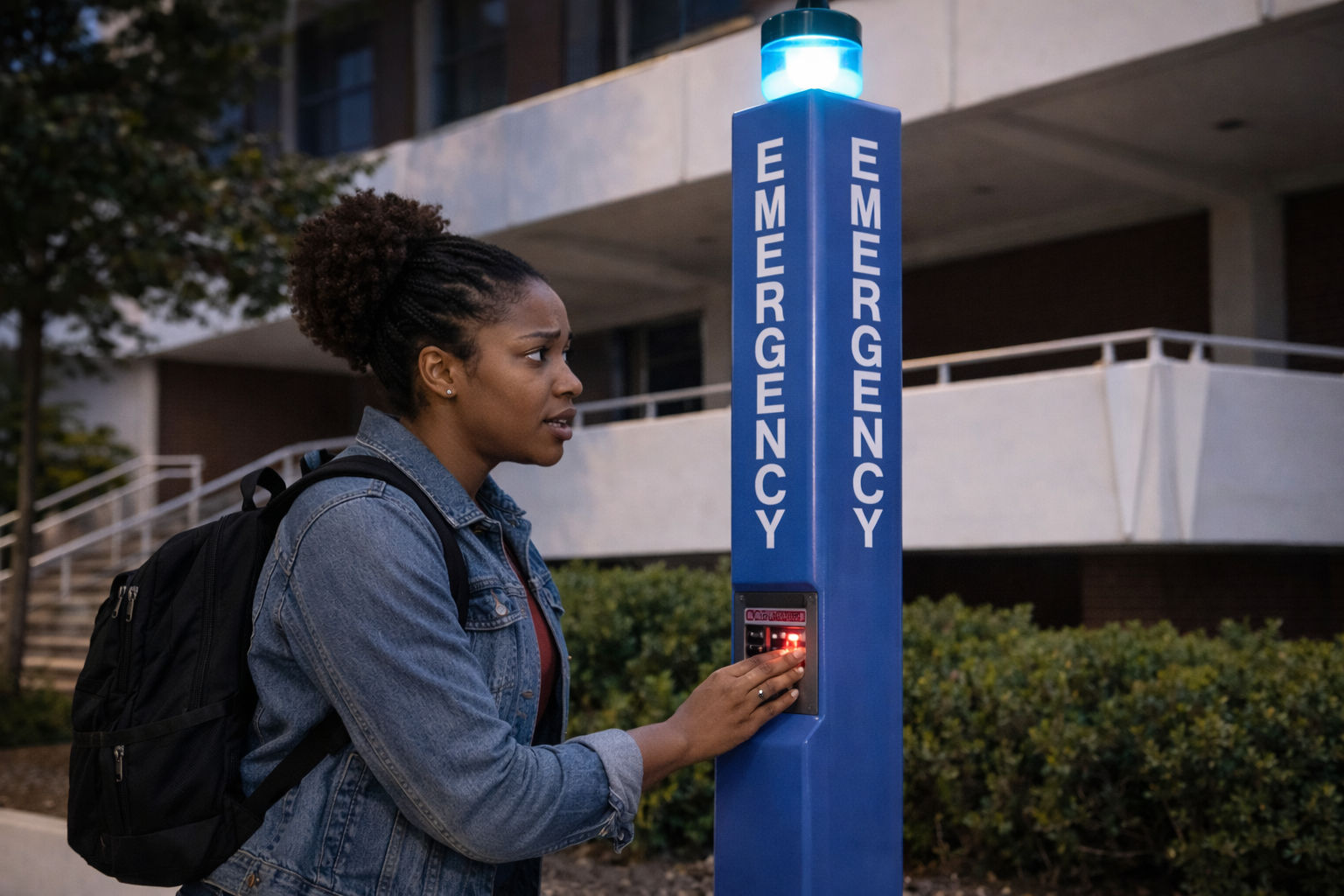How you could save millions with Ooma AirDial

The Beginning of the End for POTS
In a recent webinar hosted by Chris Burgy, senior vice president of corporate development at Ooma, he discussed the topic of hidden overhead expenses related to copper-wire phone lines. These POTS (Plain Old Telephone Service) systems can be found in a wide range of devices and equipment including essential life-safety and operational systems such as:
- Elevator emergency phones
- Fire alarm control panels
- Fax machines
- Security alarm systems and panels
- CCTV systems
- Blue light emergency phones
- CO2 sensors in boiler rooms
- Building and gate entry intercoms
These once-standard analog lines are now a significant liability to owners due to the old, declining copper infrastructure enabled by regulatory changes from the Federal Communications Commission (FCC). By the FCC stopping oversight of the Public Switched Telephone Network (PSTN), incumbent carriers are allowed to turn off and neglect their copper lines at their own pace.
The Cost of Waiting
This shift took the restraints off telecommunication providers and allowed them to dramatically increase prices and decommission services without ensuring their customers had viable alternatives in place. Consequently, these incumbent carriers are no longer incentivized to maintain or keep POTS lines affordable.
For example, what was once a $40 monthly service, in some cases, has increased to $400 dollars a month or more per company. In some extreme cases, business customers report an 800 percent increase in their monthly rate.
As a result, POTS lines, once affordable and reliable, are now increasingly unstable and expensive. And yet, the emergency legacy devices that these POTS lines support are extremely important, and any disruption of their service can pose serious risks to public safety, regulatory compliance, and day-to-day operations.
Three Paths Forward
To maintain the connection these POTS lines provide, there’s pressure to figure out a modern, cost-effective strategy that can continue to serve these types of devices. Businesses are now facing three choices:
- They can “hope and pray” that the ultimate timeframe of deprecation is long and drawn out. This approach carries legal risks, as businesses could be fined for non-compliance if safety or security systems tied to copper lines fail.
- They can “rip and replace,” removing all analog infrastructure and replacing it with modern devices. While effective in principle, this strategy is a massive, expensive undertaking and is likely not viable for small businesses.
- They can find a POTS line replacement solution — the most stable and efficient option.
How to Begin Migrating: Discovery
Before deploying a POTS replacement solution, businesses must first understand the scope of their existing analog infrastructure. A customer can do this by conducting an audit in two ways:
- Looking through their phone bills
- Physically taking an inventory of the equipment still connected to copper lines and mapping out where each of these devices is located
This information will then help the customer determine which solution is the most compatible with what they need, as not all POTS replacement solutions offer the same level of compatibility and ease of use.
Solution Selection and Installation
Once a customer selects a solution, they begin the installation process. Modern solutions like Ooma AirDial are designed to be easy to install, non-disruptive of the infrastructure environment, and easily configured on site. Ooma and other companies also offer aid, or third-party resources can install the device for you.
Ooma AirDial as a Comprehensive Solution
AirDial can help customers resolve POTS challenges with one solution that is a complete, end-to-end option. Ooma provides the entire platform, including the hardware, software, cloud telephony, and remote device management system. This unified platform not only ensures quality performance and accountability, but it also simplifies and streamlines the process so businesses do not need to coordinate across multiple vendors.
Ooma AirDial Customer Satisfaction
Chris Burgy confirms this advantage by sharing a real-life customer success story. A large real estate operator faced surging telecom costs due to outdated copper line services. The organization knew they wanted a modern solution that wouldn’t require them to rip apart their office space or cost them an exorbitant amount of money. After conducting an audit, the company chose Ooma AirDial.
They testified that their experience with Ooma, specifically in their deployment of AirDial and the ongoing management of the product, was “fantastic.” This shows how AirDial is not only a successful, reliable product, but also a scalable solution for large enterprise companies.
Why You Must Migrate Now
Migrating to a copper line replacement solution like Ooma AirDial now will not only save you millions in monthly expenses, but it is also necessary as the copper sunset is well underway. It is only a matter of time before copper line systems become nonexistent.
- With the FCC no longer enforcing carrier responsibility, businesses that delay face rising costs, unpredictable outages, and potential regulatory exposure.
- Replacement solutions not only lower operational expenses but are reliable — particularly important for safety-critical systems — and provide long-term security and compliance.
If you are still relying on outdated copper lines, the time to act is now. Every month you delay exposes your network to rising costs, compliance risks, and service disruptions.
Don’t wait until your lines go dark. Future-proof your communications infrastructure and safety systems today, reduce costs, and keep emergency devices connected with Ooma AirDial.

We’ll follow up within a business day.
We’ll help you analyze whether Ooma AirDial is a good solution for your needs.
A custom quote will be generated.






